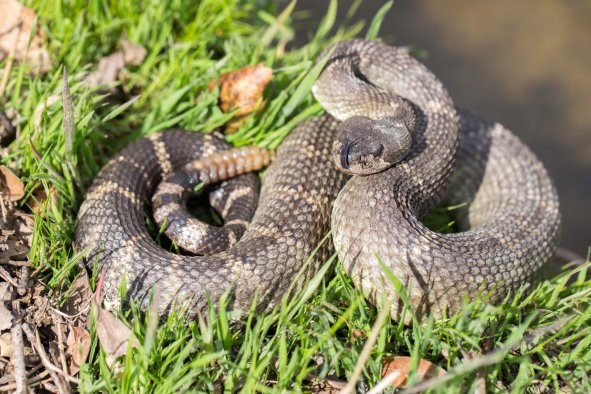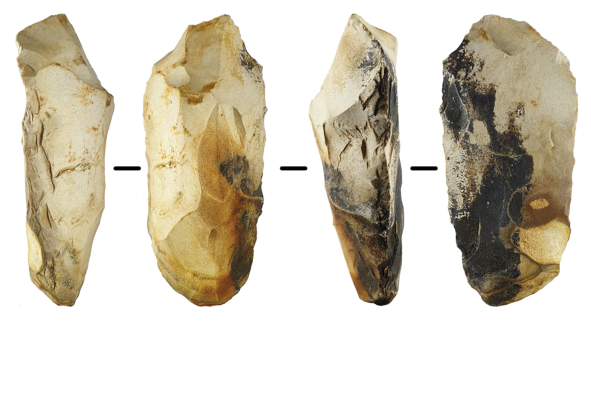The U.S. is in the midst of a multistate outbreak of bird flu, with 1 in 5 commercial milk samples testing positive for genetic traces of the virus. But does the virus pose any threat to humans?
Highly pathogenic avian influenza is an infectious viral illness that spreads primarily among wild and domestic birds. But the virus that causes bird flu can sometimes jump into animals, including dairy cows and, in some cases, humans.
"Bird flu, or avian influenza, infects more than 100 species of wild birds, especially migratory waterfowl," Carl Abraham, an assistant professor of medicine at the New York Institute of Technology, told Newsweek. "In birds, it is highly contagious [and] causes a respiratory illness that is categorized as either highly pathogenic or low pathogenic.
"Pathogenicity relates to how sick the infected animal is, and highly pathogenic avian influenza [which is the form of the disease causing the current outbreak] has the ability to spread beyond the airways and lungs to infect multiple organs often resulting in death in birds within 48 hours."
Over the last decade, bird flu cases in mammals have been on the rise.
"In most cases, mammal infection is thought to occur after the animal eats an infected bird," Abraham said.
"In 2024, the first reports of avian influenza (H5N1 strain) infected U.S. domesticated cattle that is possibly being transmitted cow-to-cow. This is now a multistate outbreak although the numbers of cattle infected in each state is small and the illness marked by transient reductions in milk production."
Despite the relatively small number of infected cows, the U.S. Food and Drug Administration has identified genetic traces of the virus in 1 in 5 commercial milk samples tested. The virus fragments are not actually capable of causing an infection—the process of pasteurization has seen to that—but the findings raise concerns about the risks associated with unpasteurized "raw milks."
In a recent report from the U.S. Centers for Disease Control and Prevention, researchers warned that such unpasteurized milk posed a significant for potential cross-species infections. In particular, the study focused on the risks to domestic cats, who have developed fatal infections after drinking unpasteurized milk from affected cows.
"Our findings support those of previous work that has shown domestic cats can be highly susceptible to HPAI A (H5N1) virus," the study's first author, Eric Burrough, a professor of veterinary medicine at Iowa State University, told Newsweek. "Cats that have outdoor access should be monitored to avoid potential exposure to and consumption of dead wild birds."
Can humans catch bird flu?
"It is rare for avian influenza to infect humans," Abraham said. "Two cases have been reported in the U.S., both in persons with significant exposure to infected mammals—most recently this year in a cattle worker in Texas who had conjunctivitis [pink eye] as the only symptom. Therefore, the risk of illness to humans is extremely low.
"Persons who own birds that come into contact with wild birds and cattle farmers are at most risk to come into contact with bird flu, but the risk of illness in those persons is still negligible."
However, as we saw in 2020, viruses can evolve fast.
"Influenza has a complicated replication cycle within multiple species," Abraham said. "This frequently causes the genes of different strains within a single host to mix, commonly referred to as recombination events.
"Most recombination events result in influenza viruses that are not able to replicate or replicate less efficiently. However, rare recombination events may increase illness severity, increase transmission, or even, as we are seeing with cattle this year, infection of new species. It is possible for a recombination event to give avian influenza the ability to infect humans.
"If the same virus caused human-to-human transmission, it could have pandemic potential. Again, this would be a rare event, but it is possible."
While no significant threat has been identified for humans, Abraham added that studying viral transmission patterns like this could help predict and prevent future pandemics.
"The new information gained as we study viral outbreaks helps us to prepare for the next pandemic [not an "if," but a "when" scenario]," he said. "Responses to outbreaks based on scientific evidence are most likely to result in the best public health outcome. What we learn today may save us tomorrow. That which we ignore puts as at risk. Stay safe."
Is there a health problem that's worrying you? Let us know via health@newsweek.com. We can ask experts for advice, and your story could be featured in Newsweek.
Disclaimer: The copyright of this article belongs to the original author. Reposting this article is solely for the purpose of information dissemination and does not constitute any investment advice. If there is any infringement, please contact us immediately. We will make corrections or deletions as necessary. Thank you.



